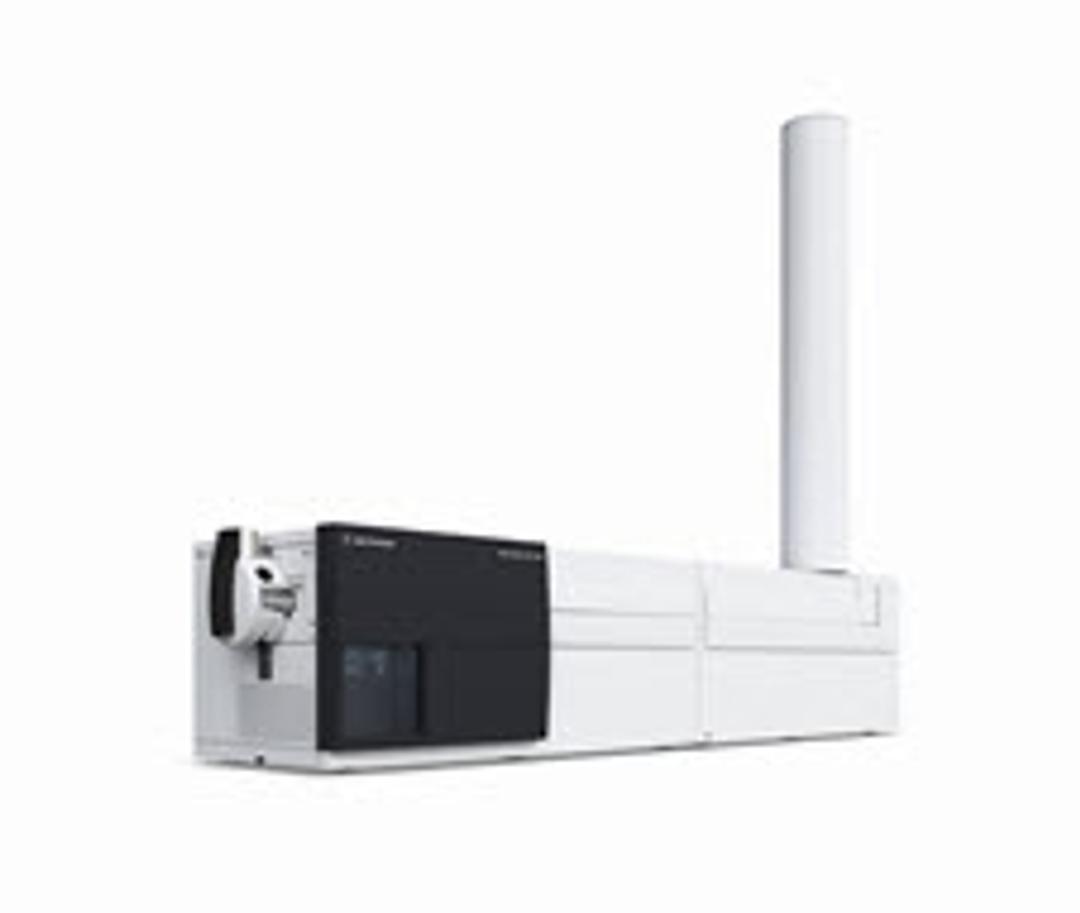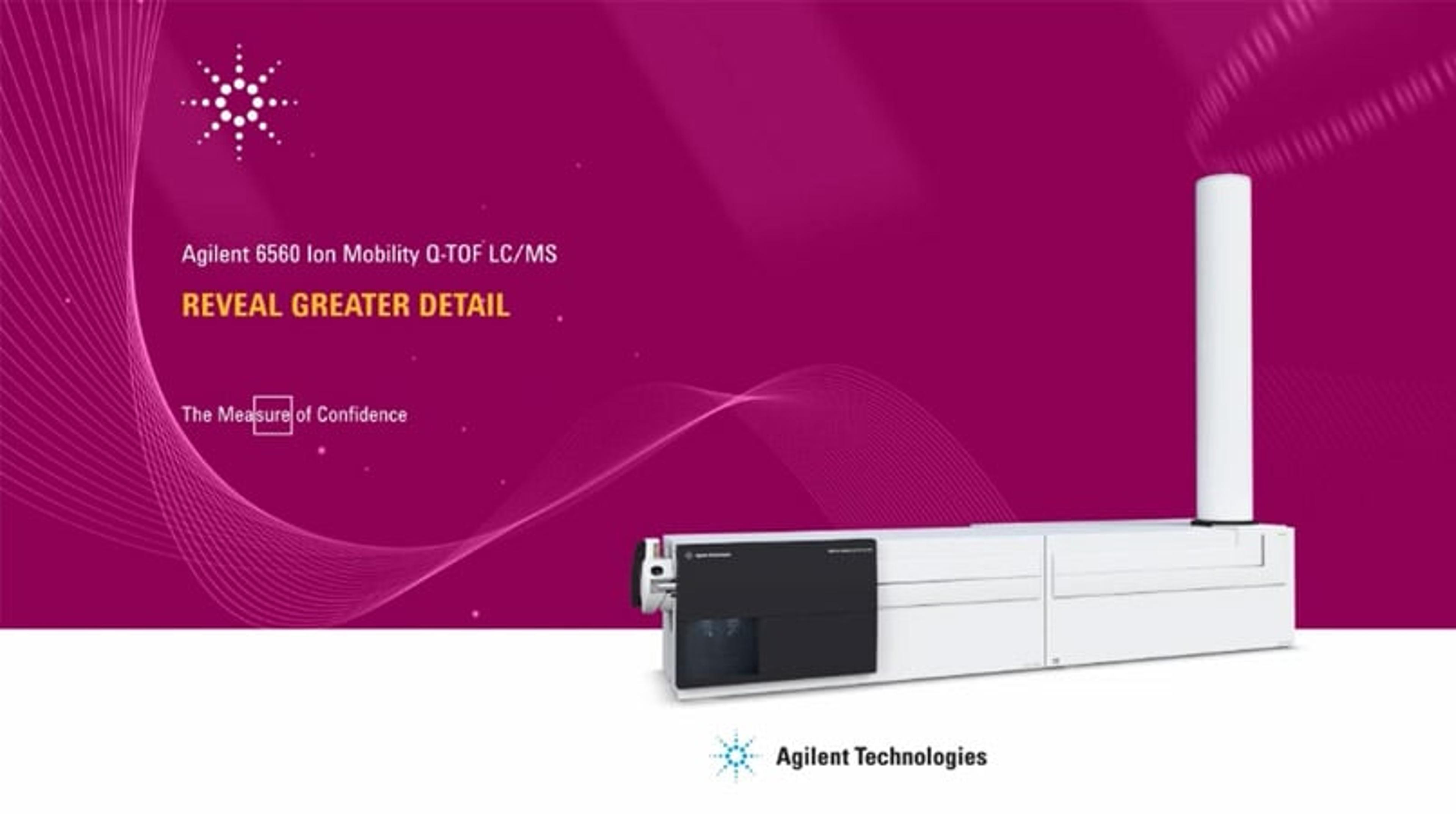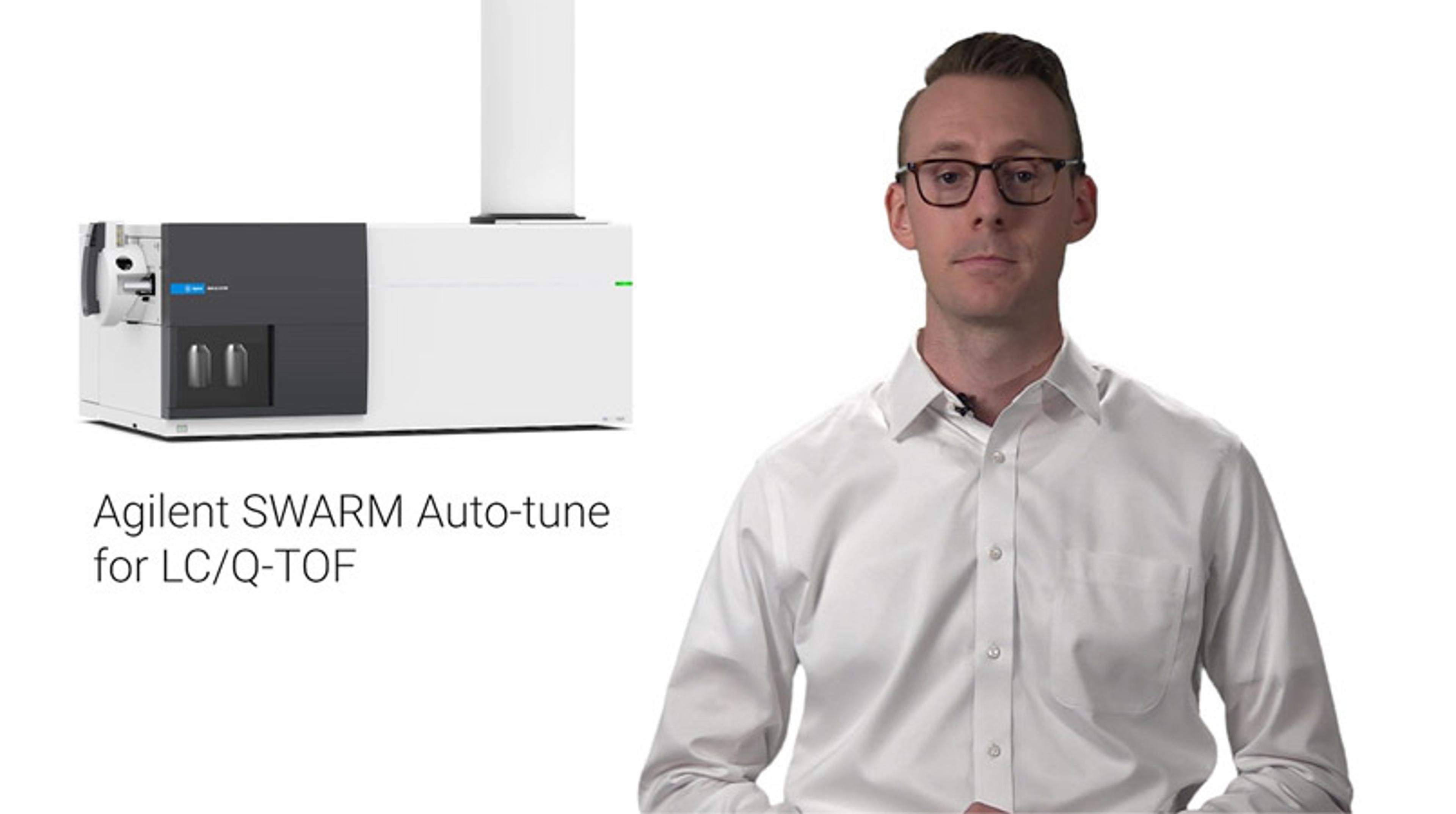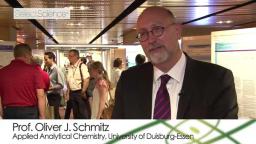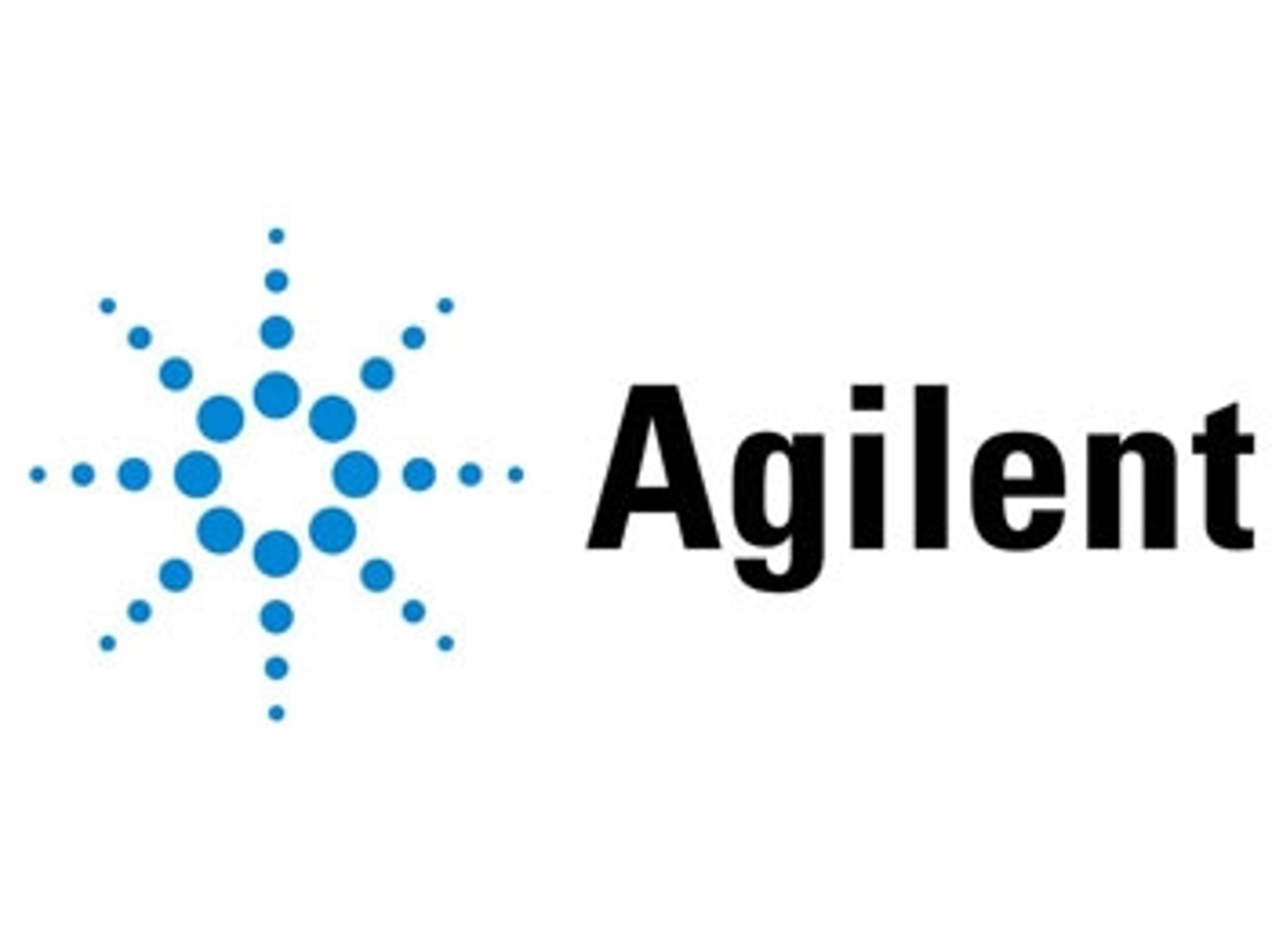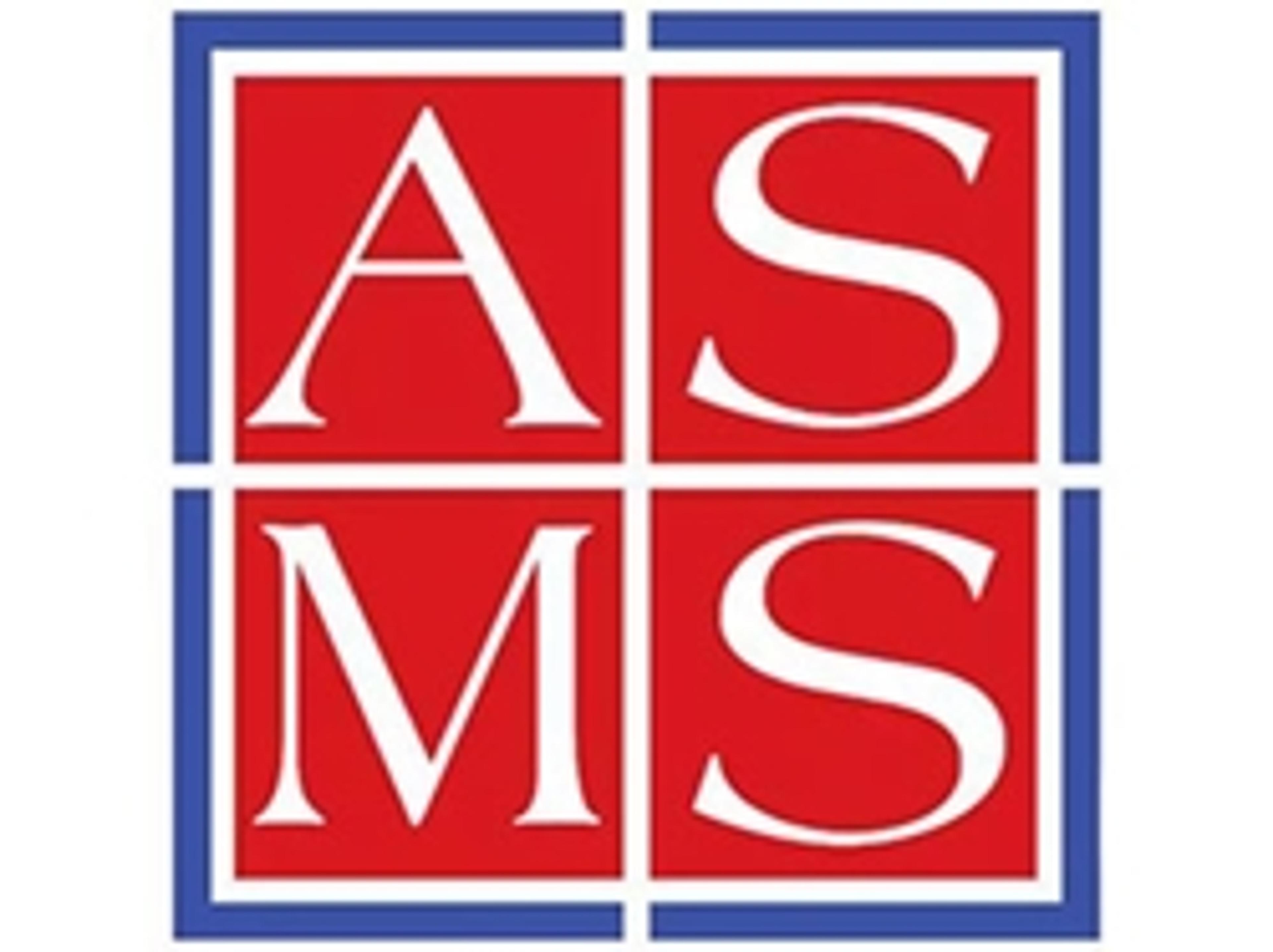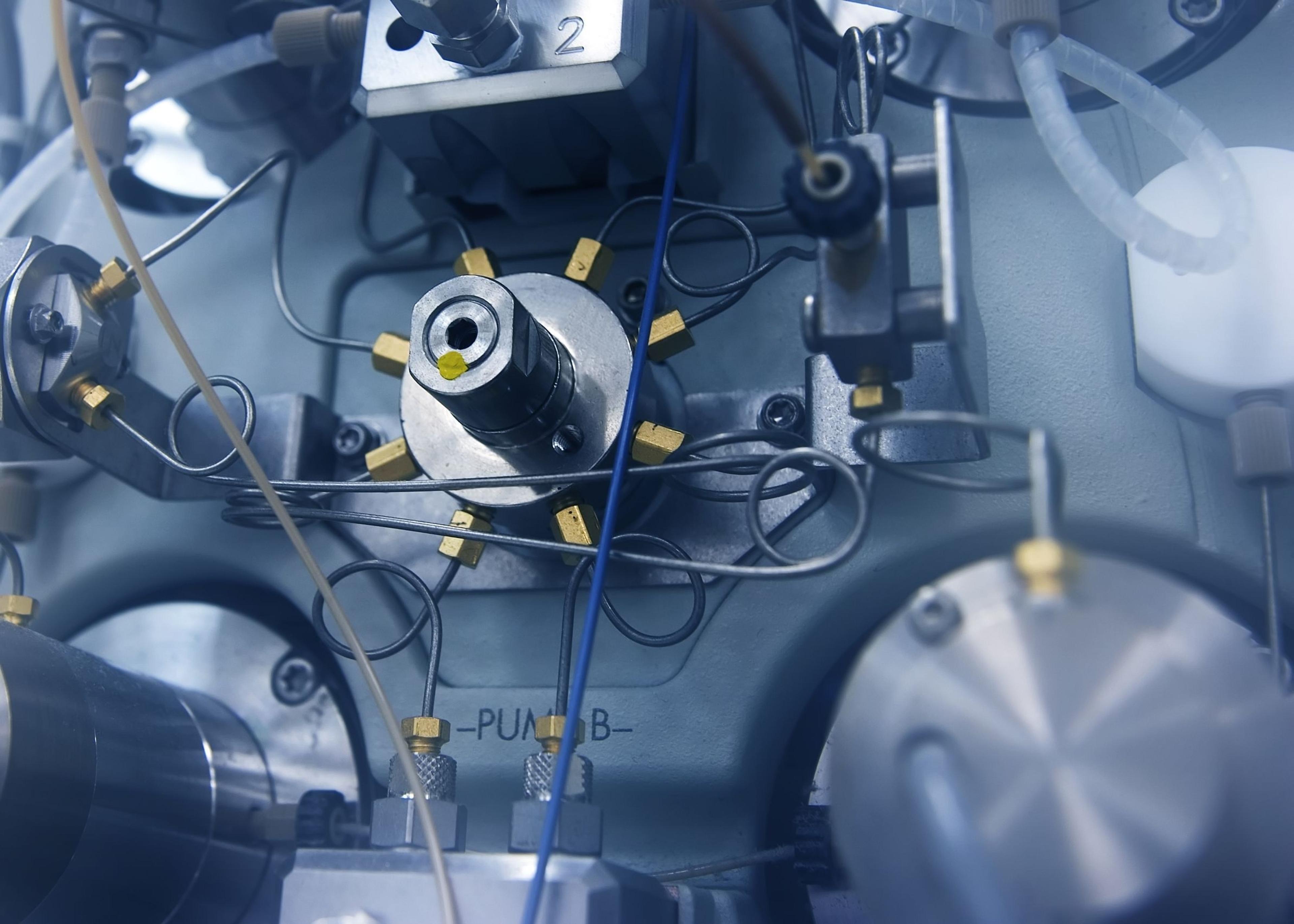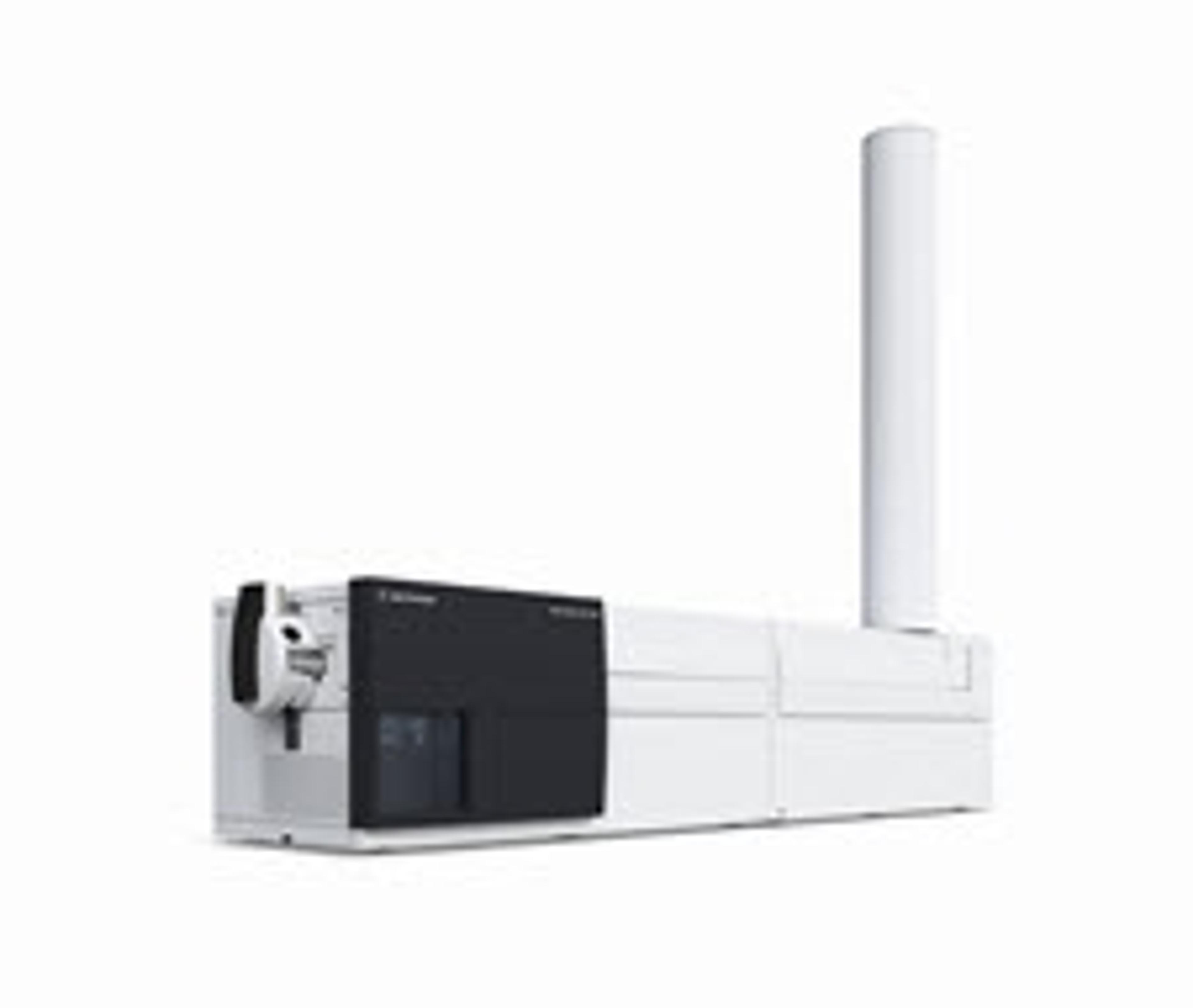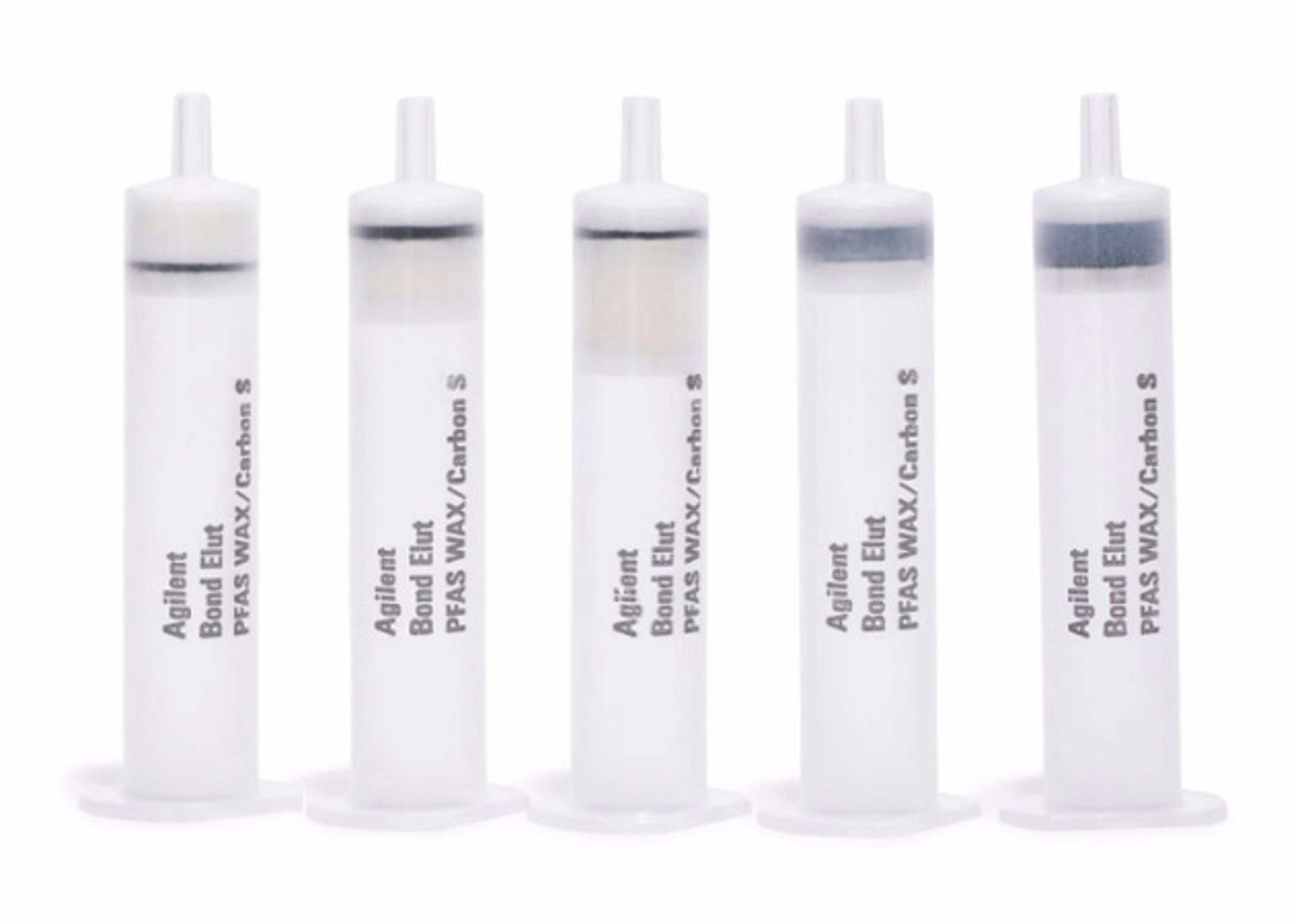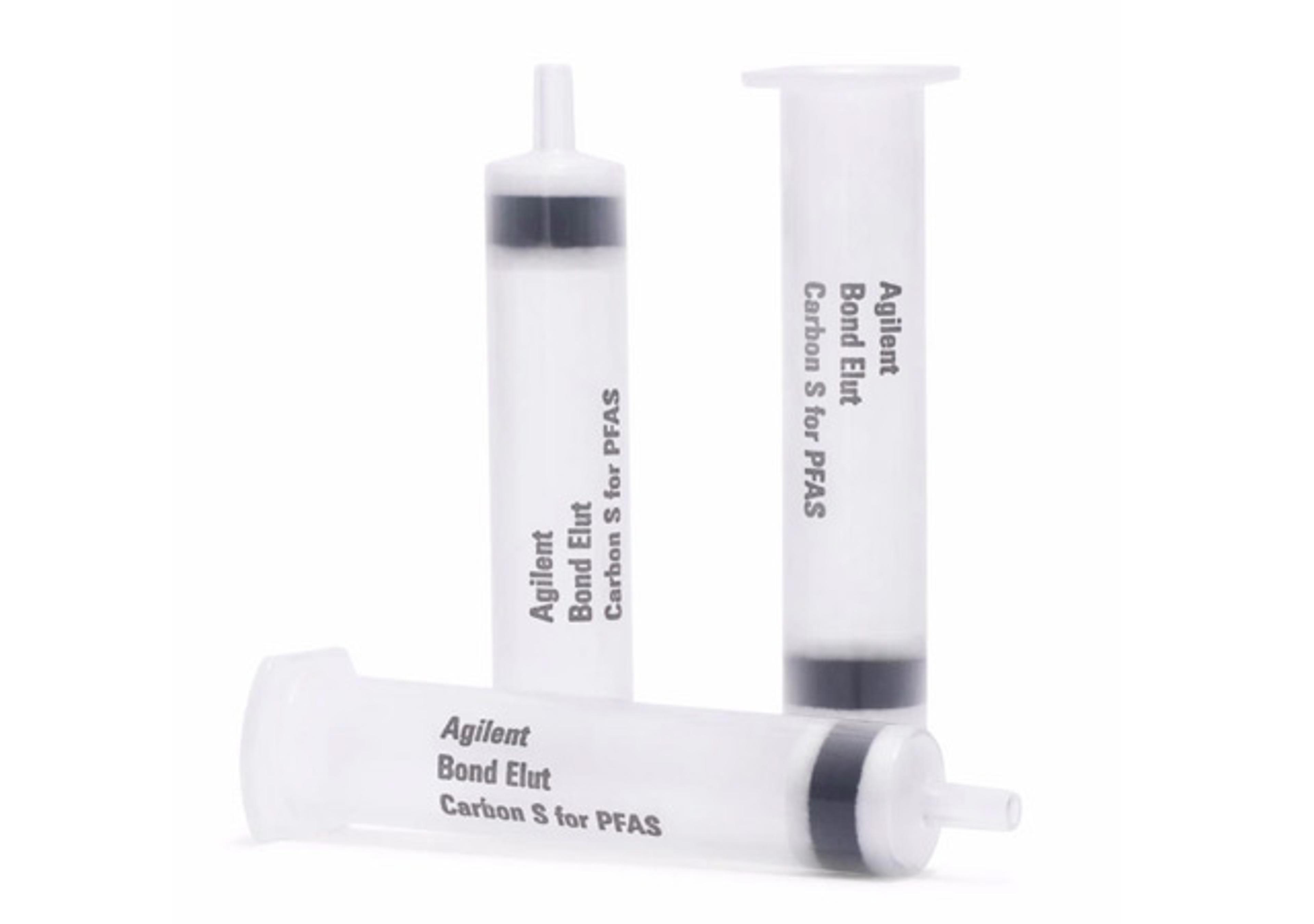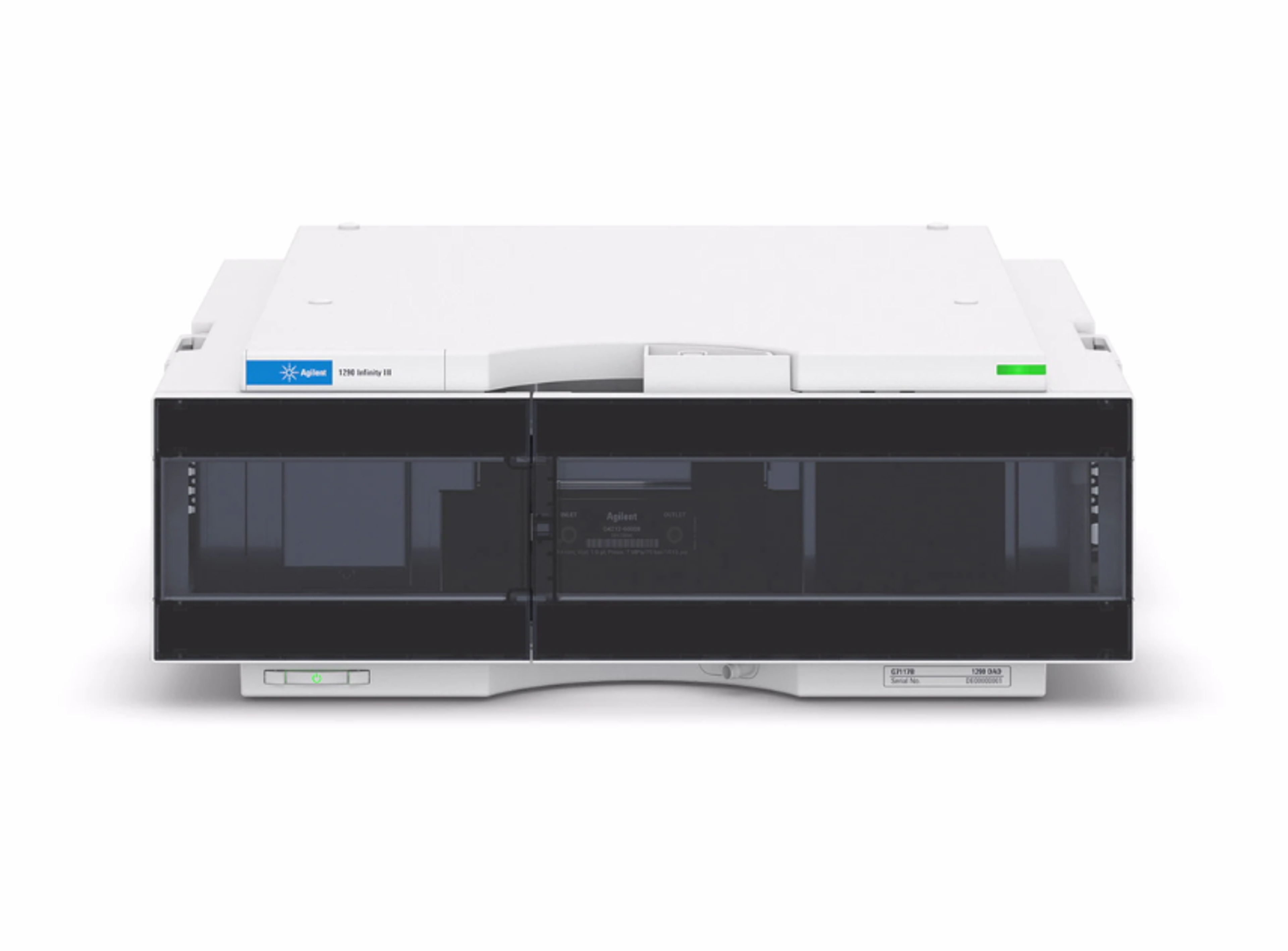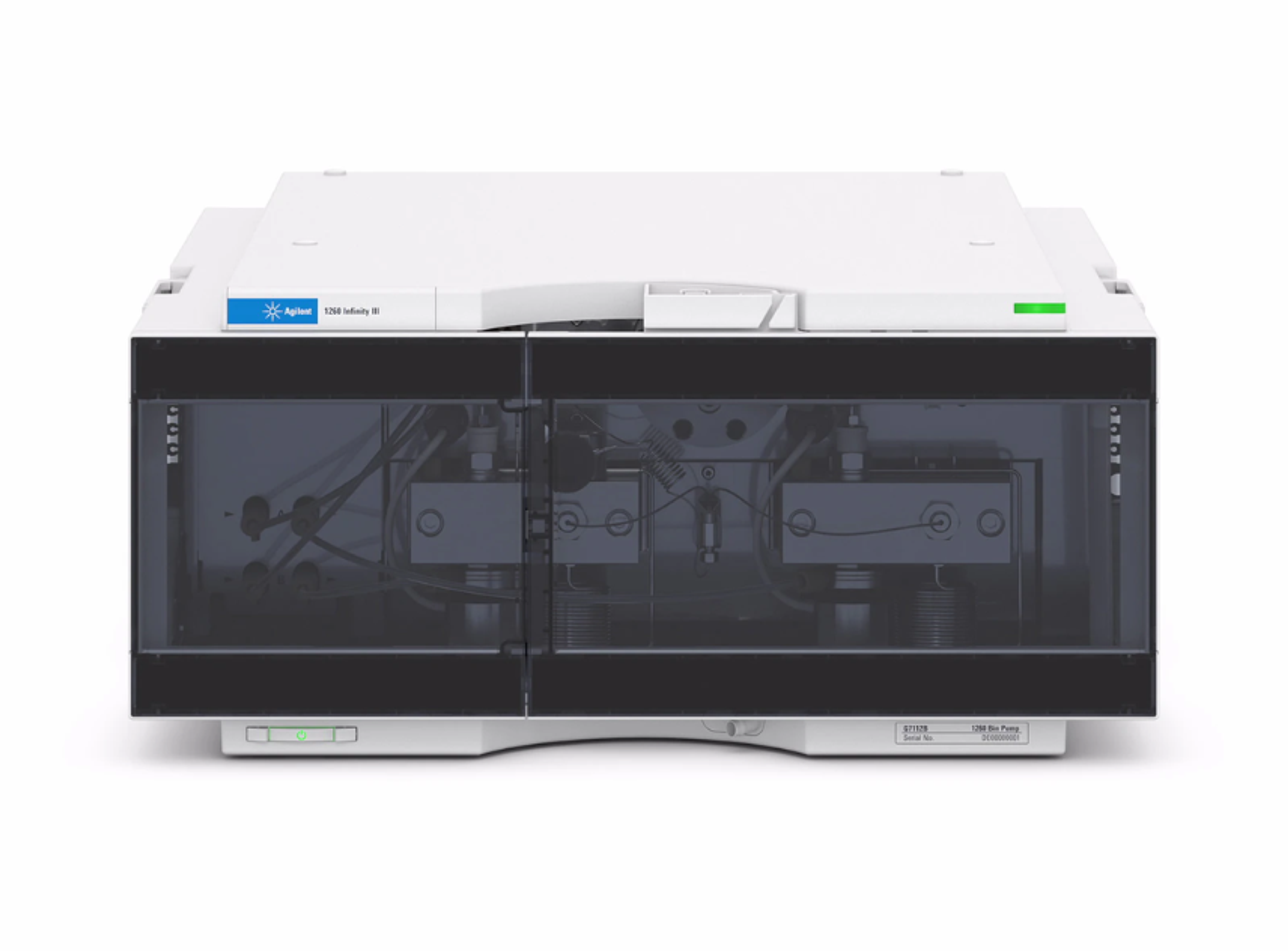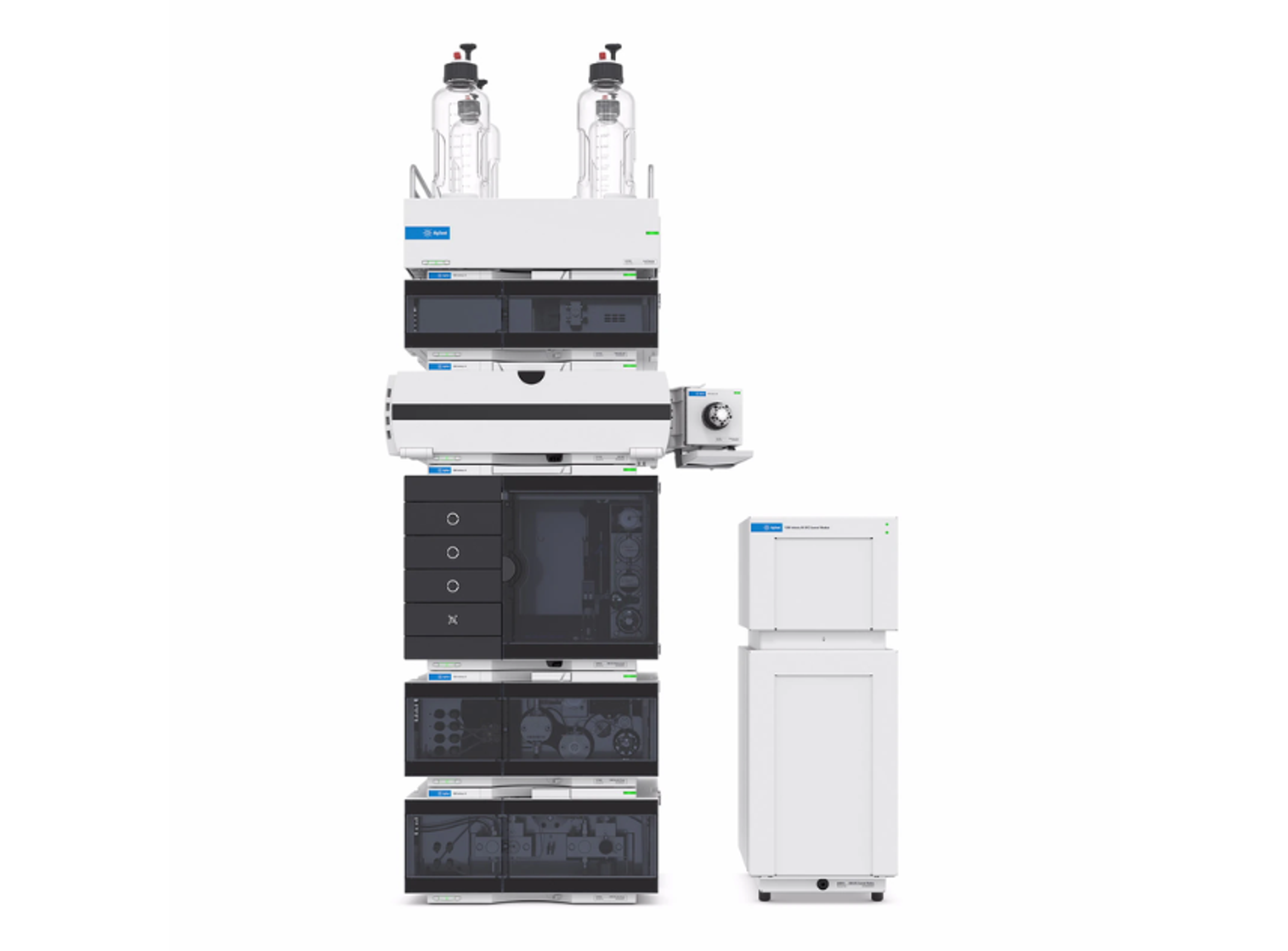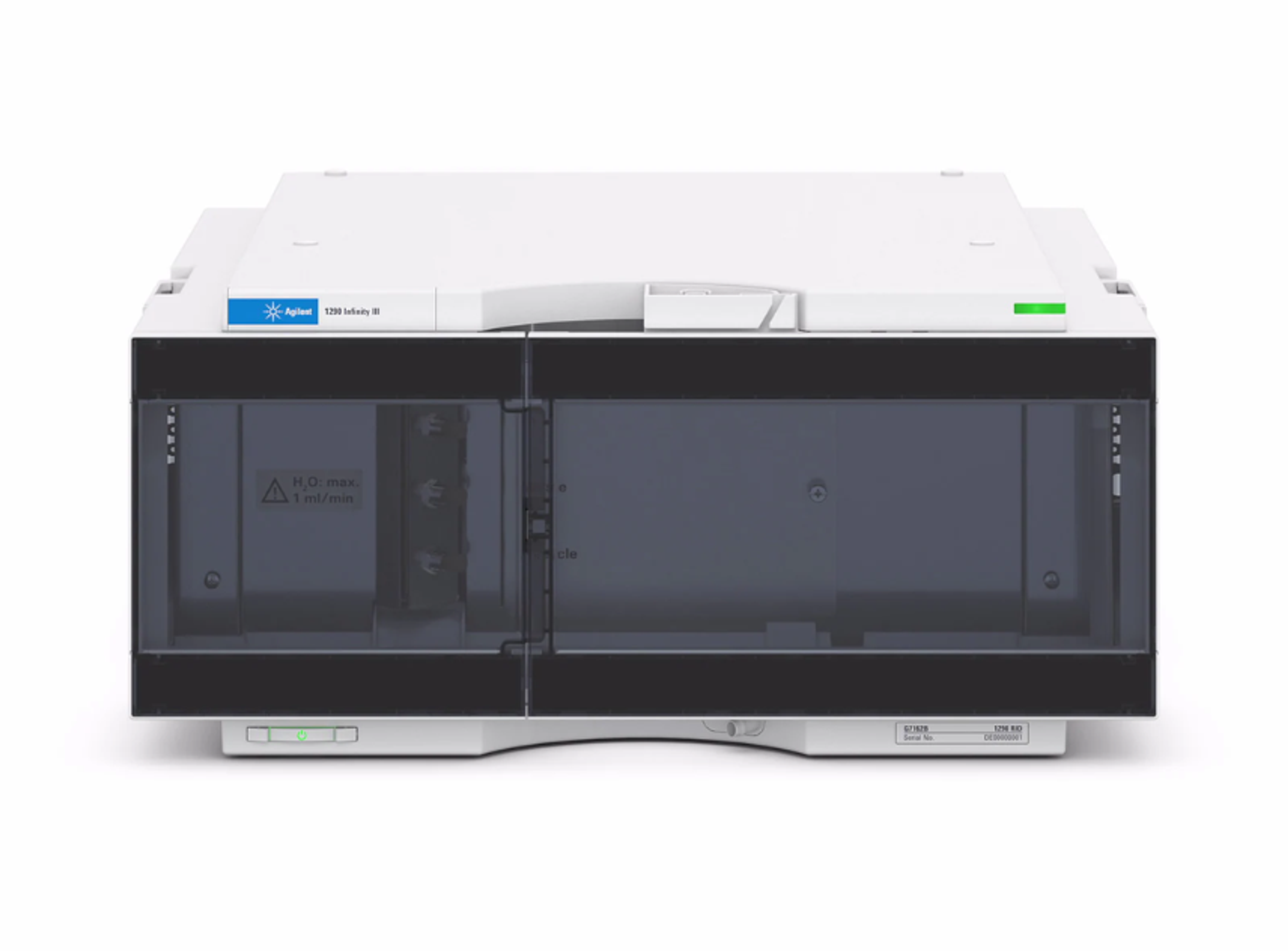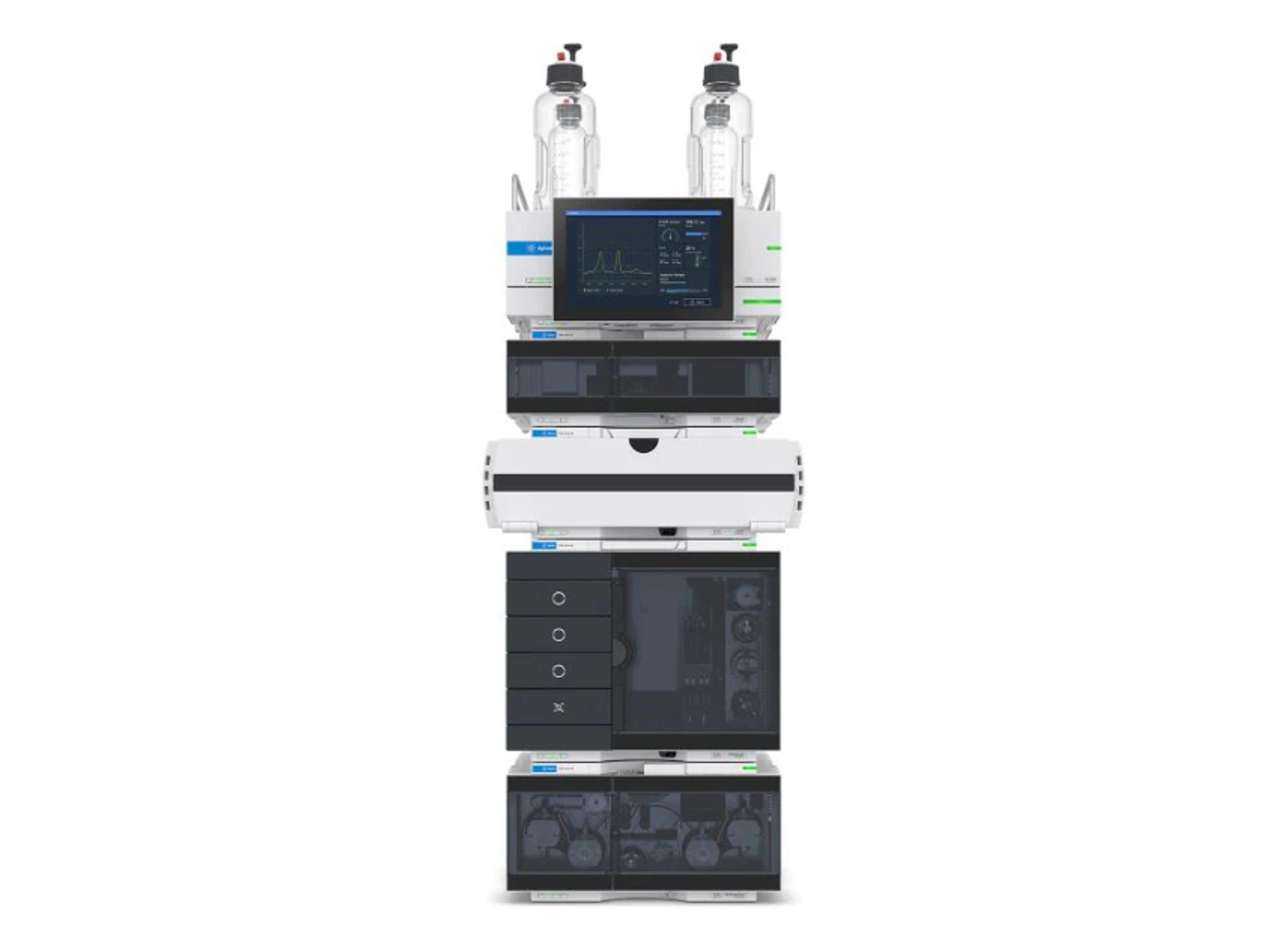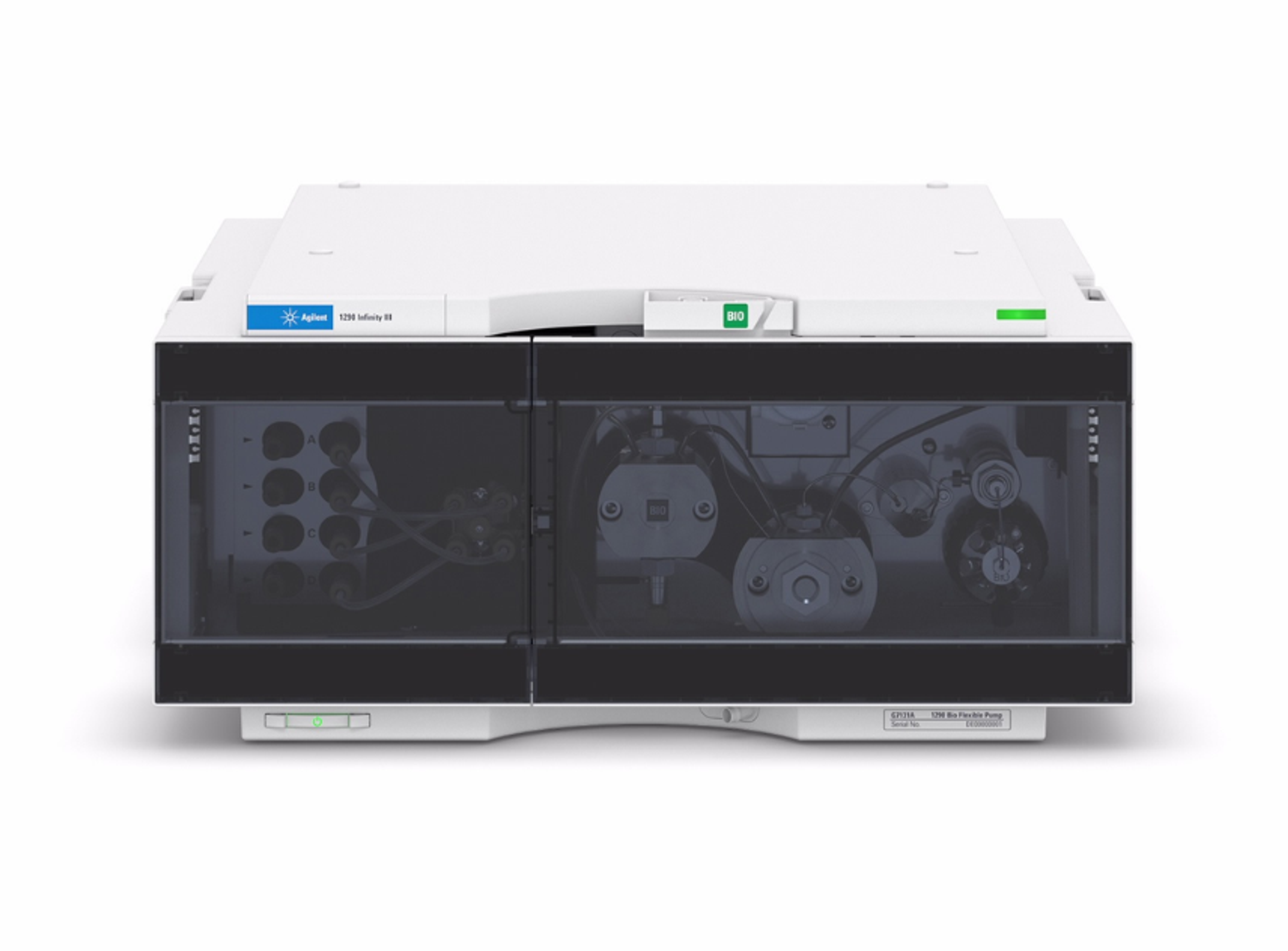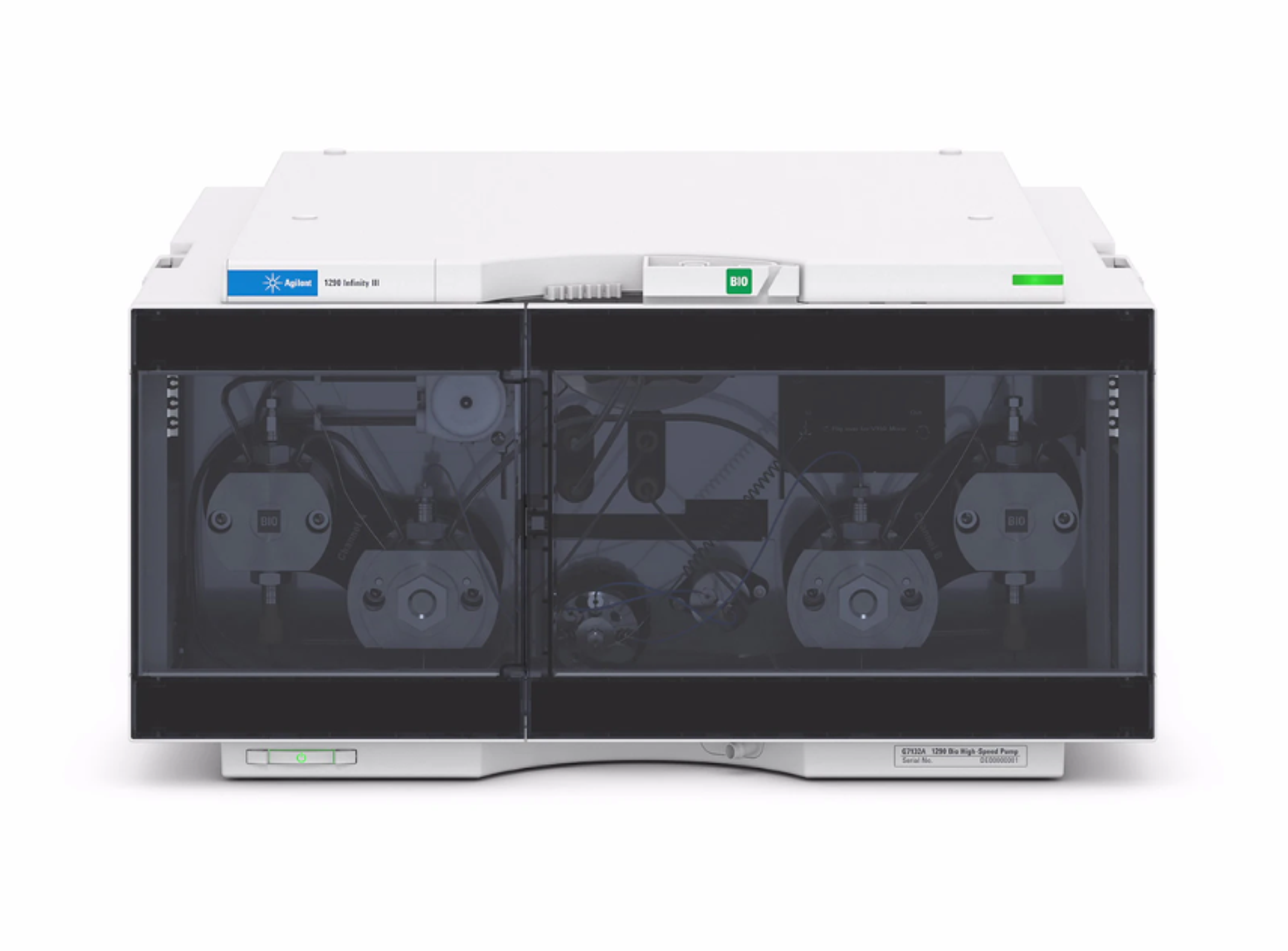6560 Ion Mobility Q-TOF LC/MS
The NEW Agilent 6560C ion mobility Q-TOF LC/MS system delivers unrivaled separation and selectivity by combining chromatography, ion mobility, and mass spectrometry. The 6560C Q-TOF LC/MS can even uncover structural information that cannot be seen with traditional LC/MS systems, including separation of in-class isomers via high-resolution demultiplexing (HRdm).
Reproducible and excellent results
Metabolomics, proteomics
Excellent workflow for metabolomics and proteomics workbench
Review Date: 12 Jun 2023 | Agilent Technologies
Always thinking what new to run in this instrument.
Lipidomics
Great system for enhanced separation and further identification based on ion mobility. Agilent's was always supporting and the formative sessions were what we needed to start working with the system.
Review Date: 23 May 2022 | Agilent Technologies
Accurate collision cross section measurements is feasible using Agilent 6560 IMS-QTOF
Collision cross section measurements
The customer service is amazing. Easy to use instrument. I’m happy to have a chance to use the instrument to do part of my PhD project
Review Date: 22 May 2022 | Agilent Technologies
Hand down the best instrument!
Ion mobility, structural elucidation of proteins
Excellent product for native study of proteins. We have ours installed with ExD cell from eMSion, so our instrument can even do very impressive top-down analysis!
Review Date: 22 May 2022 | Agilent Technologies
It is a great device, I recommend it to every lab researcher
Metabolomics and Proteomics
The Agilent 6560 Ion Mobility Q-TOF LC/MSThe system features innovative electrodynamic ion channel technology which dramatically ameliorates perceptivity while maintaining an attractive low field drift tube design. This allows you to directly measure accurate collision cross sections (CCS) and save labile targets. Whether you're looking to produce a further comprehensive profile of metabolomics samples, characterize complex polymeric fusions, or understand structural changes in biomolecules, ion mobility mass spectrometry provides access to new information. It also delivers quality separation of solutions through its unique qualities of combining chromatography, ion mobility and spectrometry, it can also uncover structural information that may not be easily traced by such equipment designed for similar purpose.
Review Date: 18 May 2022 | Agilent Technologies
Good instrument, good software
Pharmaceutical
Agilent has a friendly environment policy, on hand service and always available
Review Date: 12 May 2022 | Agilent Technologies
Great Result
Residues
Easy to operate and excellent equipment
Review Date: 12 May 2022 | Agilent Technologies
Published maiden papers in the area of Ion mobility from India.
Metabolomics and proteomics
Easy to handle, data analysis and Agilent support
Review Date: 12 May 2022 | Agilent Technologies
More workflows will be used on this instrument.
Biomolecules
Easy to use and quick. Results are unparalleled. Great value for the money. Easy to install and service has been fast.
Review Date: 9 May 2022 | Agilent Technologies
It's too easy to use, I love it and my collegues do too
Biotechnology
It's a great instrument
Review Date: 5 May 2022 | Agilent Technologies
The NEW Agilent 6560C ion mobility Q-TOF LC/MS system delivers unrivaled separation and selectivity by combining chromatography, ion mobility, and mass spectrometry. The 6560C Q-TOF LC/MS can even uncover structural information that cannot be seen with traditional LC/MS systems, including separation of in-class isomers via high-resolution demultiplexing (HRdm).
The system features innovative electrodynamic ion funnel technology to dramatically improve sensitivity while maintaining an attractive low field drift tube design. This allows you to directly measure accurate collision cross sections (CCS) and preserve labile targets. Whether you are looking to create a more comprehensive profile of metabolomics samples, characterize complex polymeric mixtures, or understand structural changes in biomolecules, ion mobility mass spectrometry provides access to new information.
Features:
- Greater numbers of trace level components detected in complex matrices
- Better separation of lipids and glycans
- Direct determination of accurate collision cross section measurements
- In-depth characterization of structural conformations and isomeric compounds
- Preservation of structural fidelity of labile molecules in gas phase

